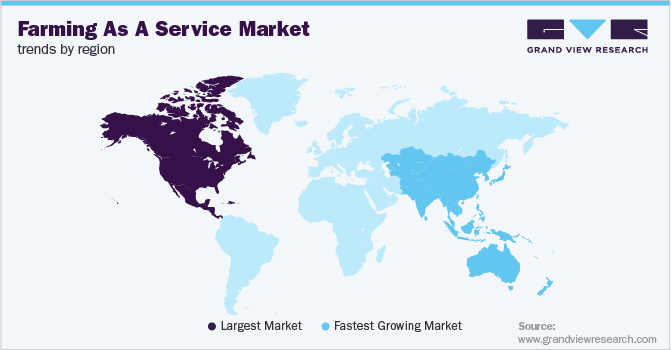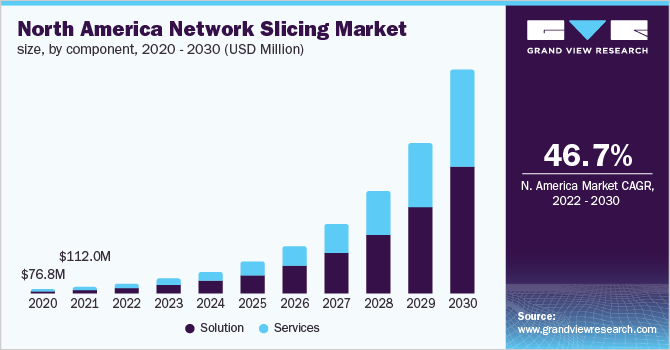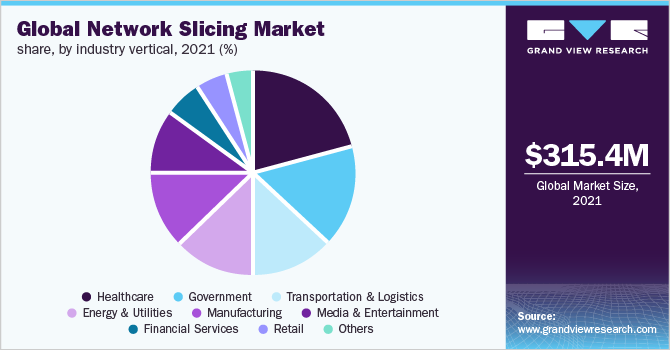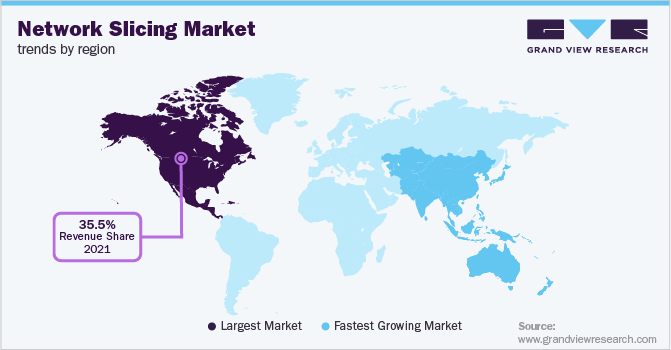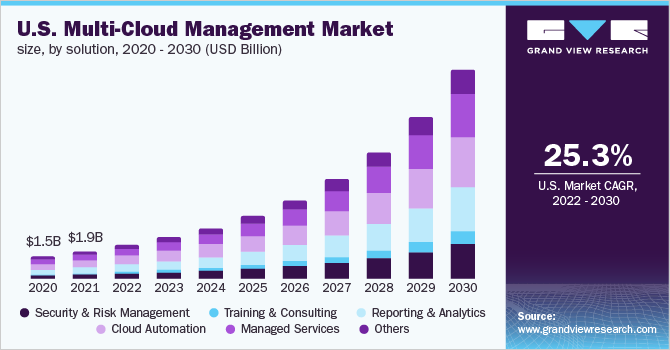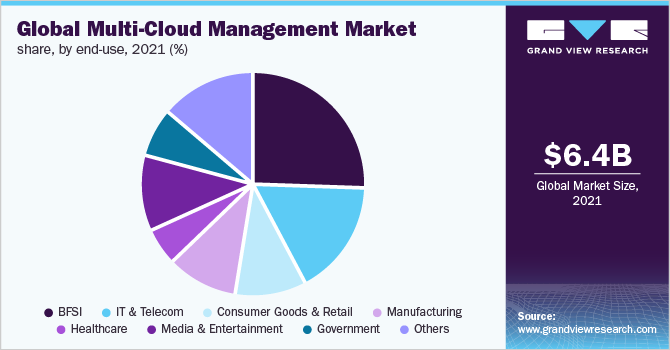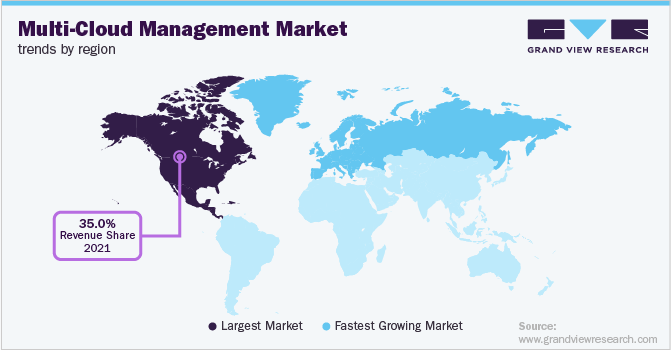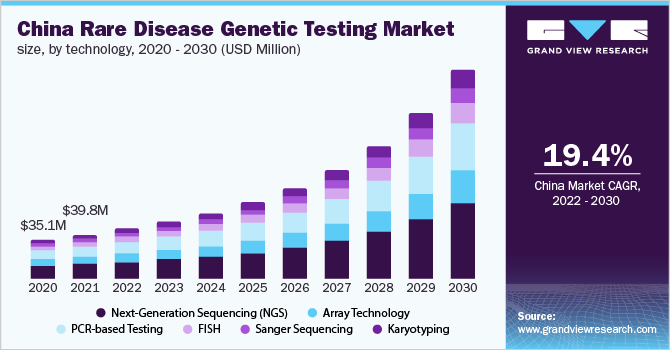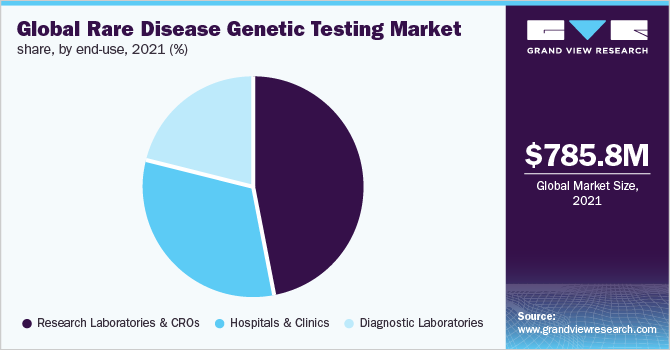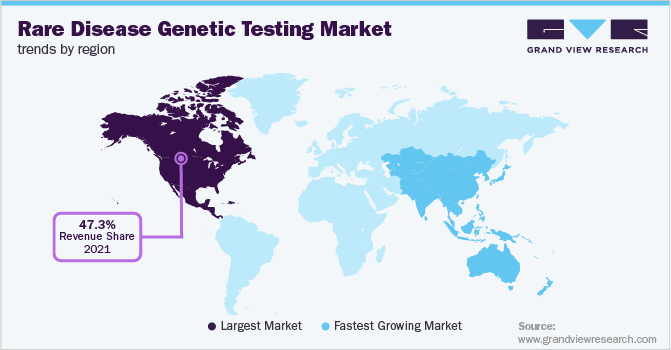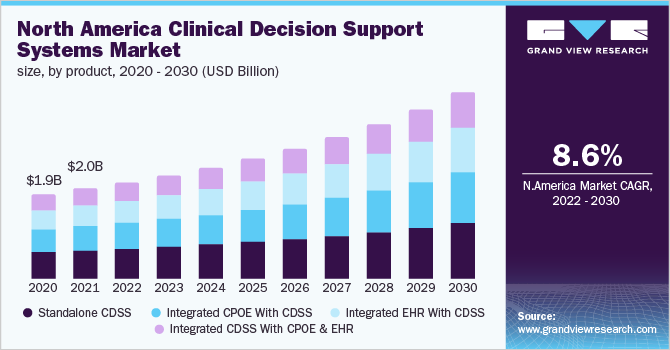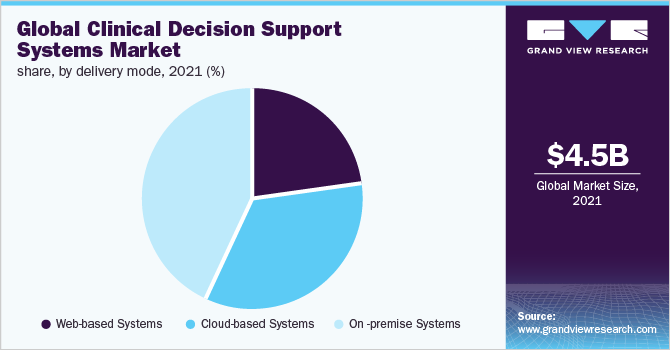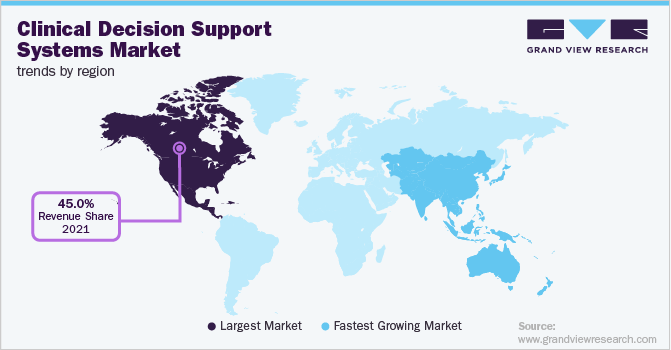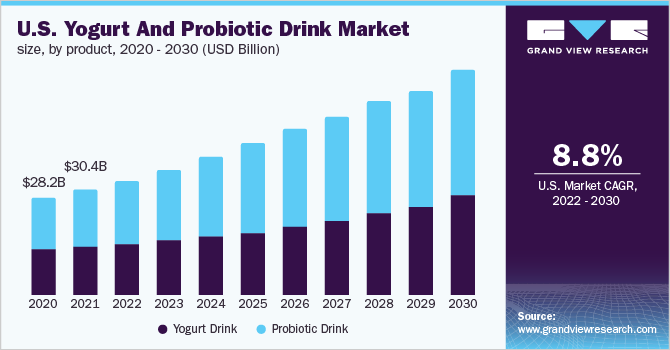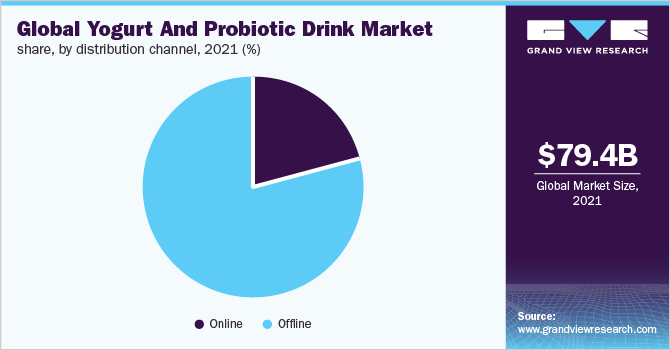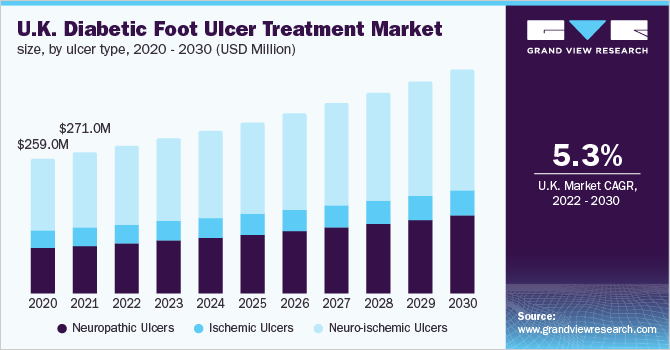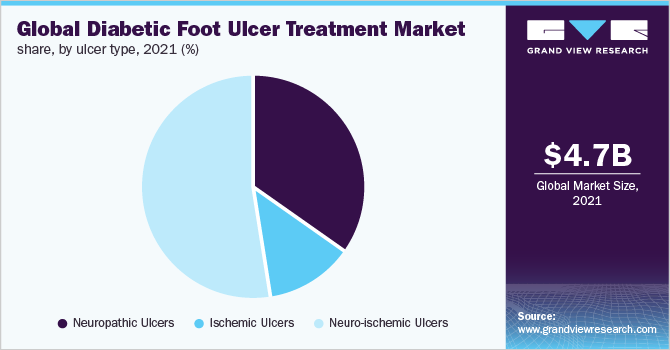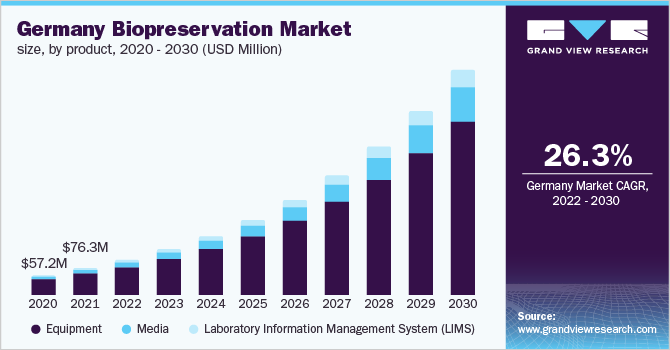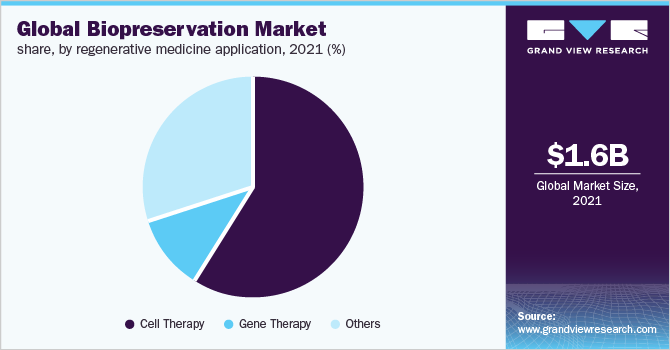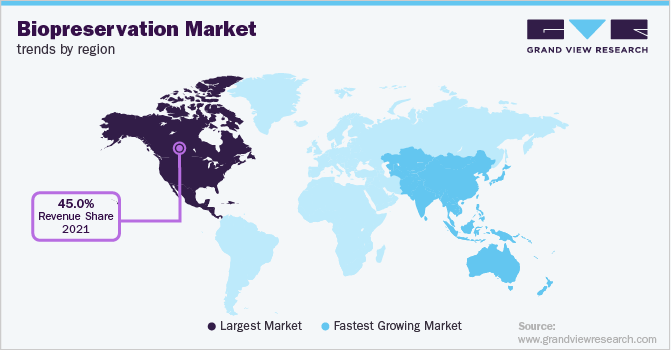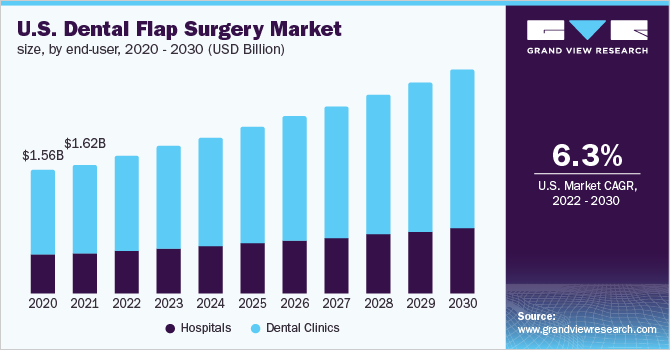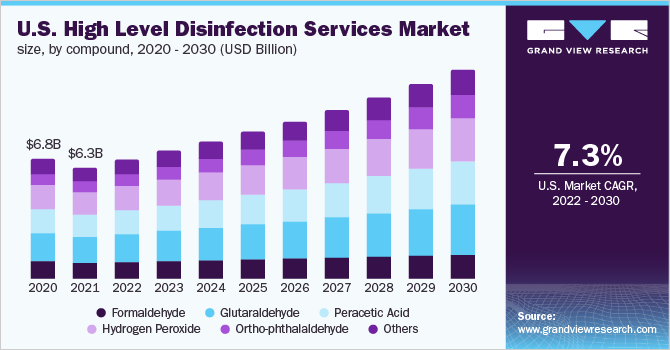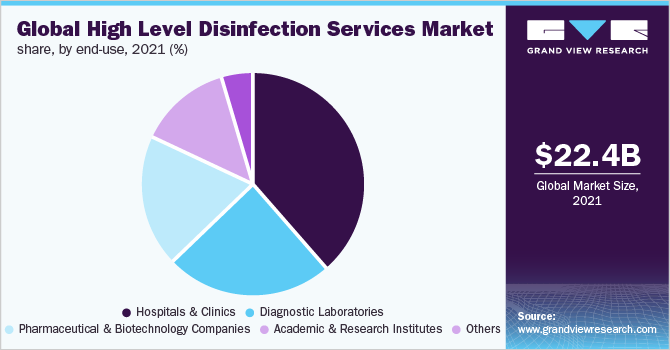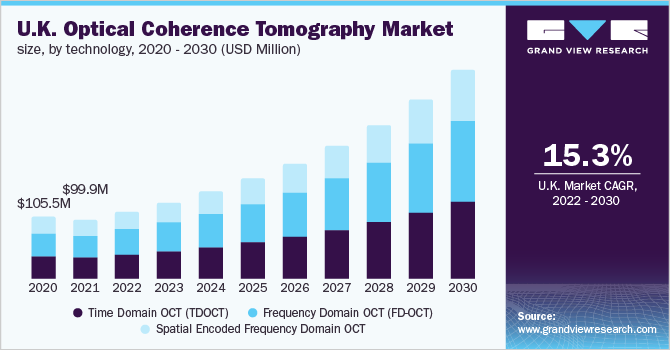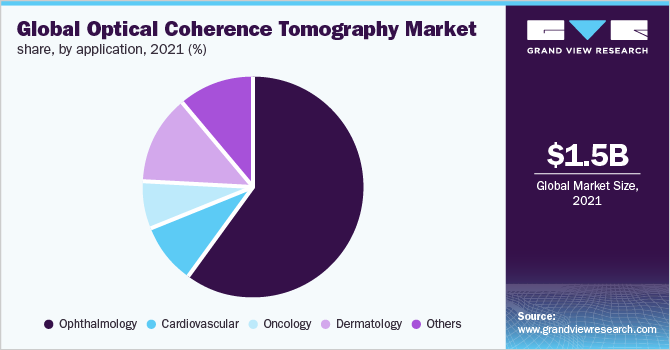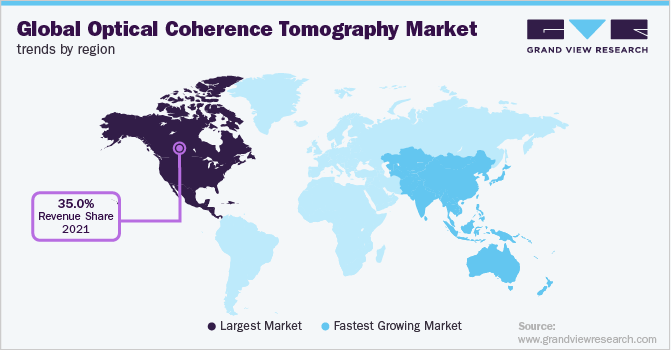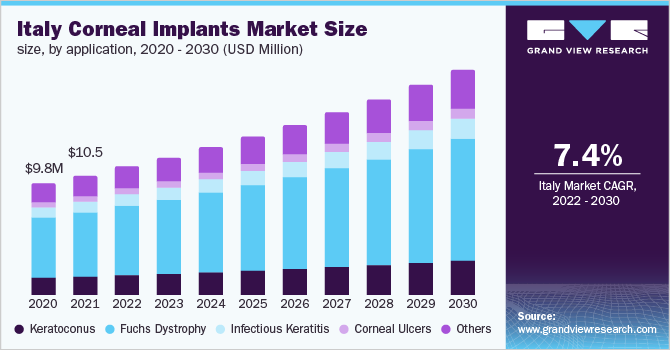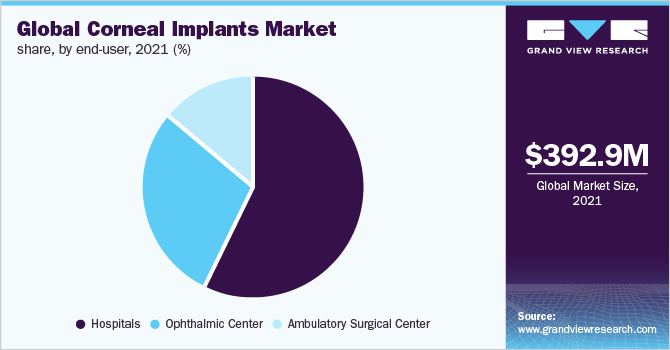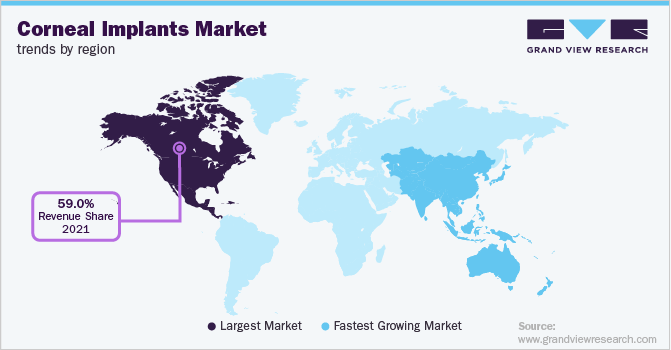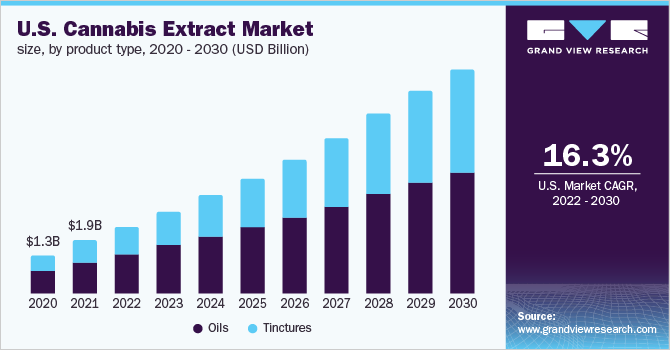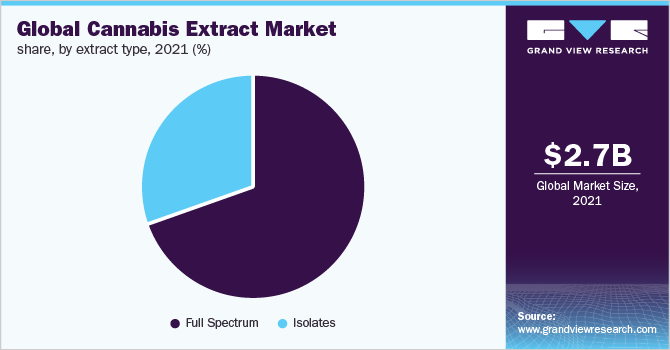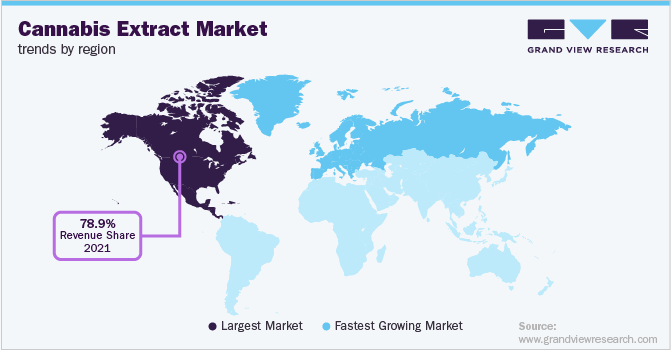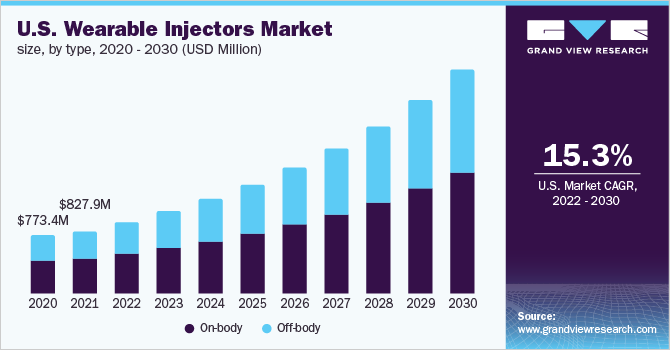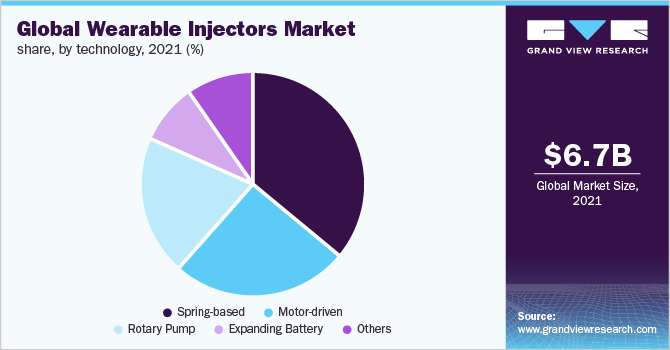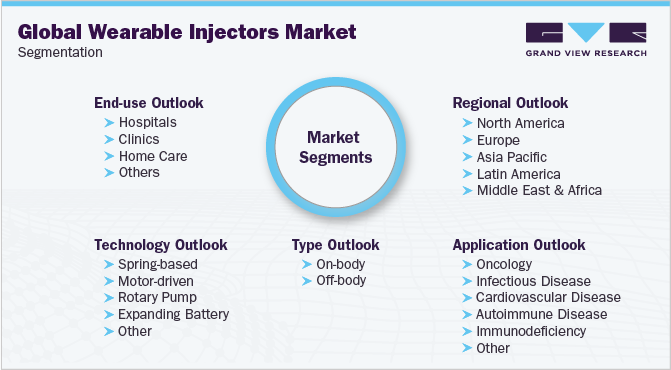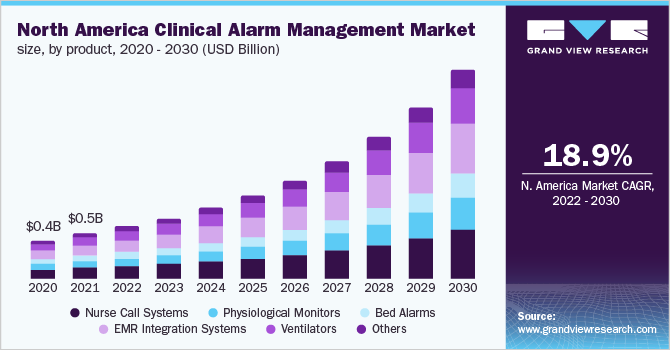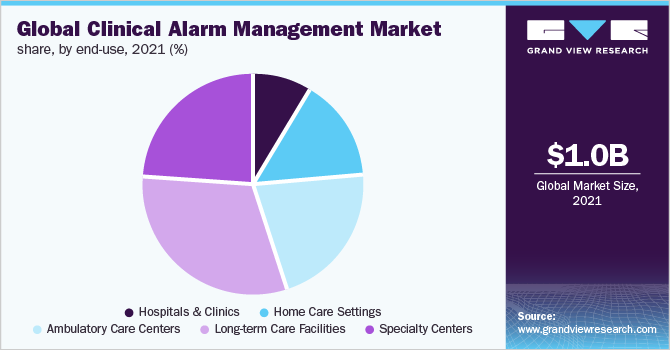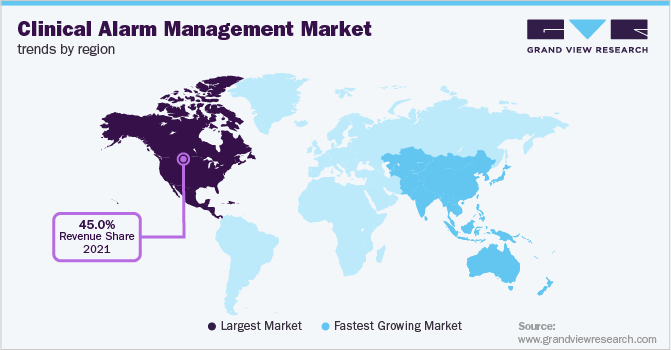Farming As A Service Market Growth & Trends
The global farming as a service market is projected to reach USD 9.02 billion by 2030, according to the new report by Grand View Research, Inc. The market is expected to witness a CAGR of 14.5% from 2022 to 2030. Farming as a service refers to using technologies such as machine learning and the internet of things in yield monitoring and collecting weather data. After the collection of data on these metrics, various algorithms are applied on these metrics to gather meaningful insights and analytics. These insights are used to boost the farm’s production and address any shortcomings that can be adjusted to get a higher level of productivity.
The market for farming as a service is segmented into three groups: service type, delivery model, and end-user. The service comprises three subcategories: access to markets, farm management solutions, and production support. For effective farm management, analytics is provided for yield monitoring, weather data, germination data, soil quality data, etc. Access to markets deals with cutting out intermediaries and linking farmers directly to suppliers and marketplaces using technologies like mobile apps.
Production support includes renting or leasing equipment such as tractors, combine harvesters, and labor provision services. Subscription and pay-per-use delivery models are used by the farmers servicing the farming. Renting out equipment through subscriptions for a fixed period is called a subscription, whereas pay per use is referred to as paying each time the equipment is used. Farmers, government, businesses, financial institutions, and advisory bodies are the end users of FaaS.
The significant drivers of farming as a service include growing internet access in rural areas, which supports market growth. Fast internet access assists farmers in numerous ways. It enables them to utilize data-driven analytics for appropriate seeds and precise amounts of fertilizer and conduct soil analysis to test the nutrition profile. The use of data-driven decision-making tools helps reduce wastage, lowering production costs.
Owing to the several advantages, such as enhanced productivity and efficiency through data-driven decisions, the use of FaaS will rise in the coming years as the internet connectivity in rural areas continues to improve Inefficiencies in the agricultural supply chain, such as low productivity, a lack of farm mechanization, market access, and data asymmetry, can be addressed with the aid of FaaS. It promotes the development of new products, including technologies for instantaneous data collection and analysis and agricultural machinery with many uses.
Multiple established companies and new businesses/ startups are entering the market because of the market’s enormous potential. TAFE, ITC Ltd., Cropin Technology Solutions Pvt. Ltd., and Deere & Company are some new entrants in the FaaS market. Companies focus on product development and geographical expansion to gain a foothold in the market.
For instance, to grow its business in Eastern India, DeHaat introduced the franchise model in July 2020. The company uses this strategy to acquire agricultural inputs from vendors like Bayer Crop Sciences, sell them to farmers, and buy their products from farms within a three to the six-kilometer radius. For another instance, AGCO Corporation’s assembly and distribution facility for Massey Ferguson small and utility tractors and equipment and Fendt high horsepower tractors were expanded in November 2019. The facility is based in Edgewood, Maryland.
Request a free sample copy or view the report summary:
Farming As A Service Market Report
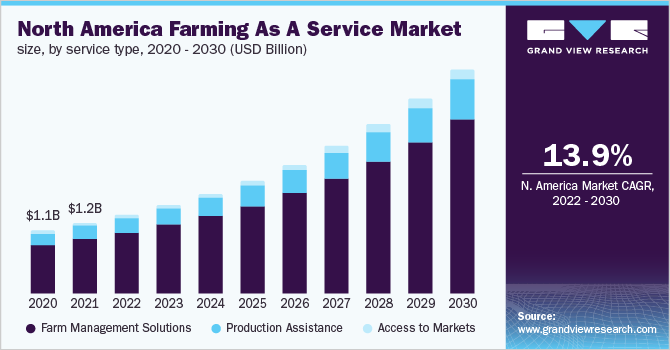
Farming As A Service Market Report Highlights
- Farming as a Service is gaining traction owing to the efficient and data-driven agriculture possible with the services, thereby improving the farm outputs
- The farm management solutions segment dominated the market in 2021 and is expected to expand its revenue share to more than 76% by 2030. Precision farming tools are the largest sub-segment of farm management solutions in terms of revenue
- The subscription delivery model segment contributed to more than half of the market share in 2021 and is expected to continue its domination during the forecast period
- Farmers are the largest end-users of the services offered under farming as a service. The farmer end-user segment is also expected to be the fastest growing segment with a CAGR of 14.9% during the forecast period
- The Asia Pacific regional market is expected to be the fastest growing region during the forecast period of 2022 to 2030. China is the market leader in the region
- The prominent players in the industry include Mahindra & Mahindra, John Deere, ITC, Trimble, EM3, Apollo, Accenture, Taranis, BigHaat, Precision Hawk, IBM and NinjaKart
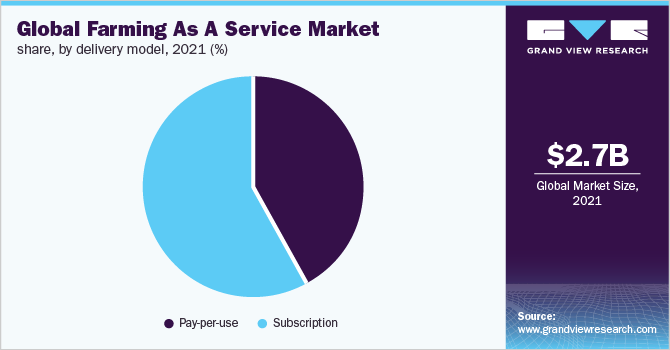
List of Key Players in the Farming As A Service Market
- Mahindra and Mahindra
- John Deere
- ITC
- Trimble
- EM3
- Apollo Agriculture
- Accenture
- Taranis
- Precision Hawk
- IBM
- BigHaat
- Ninja Kart
